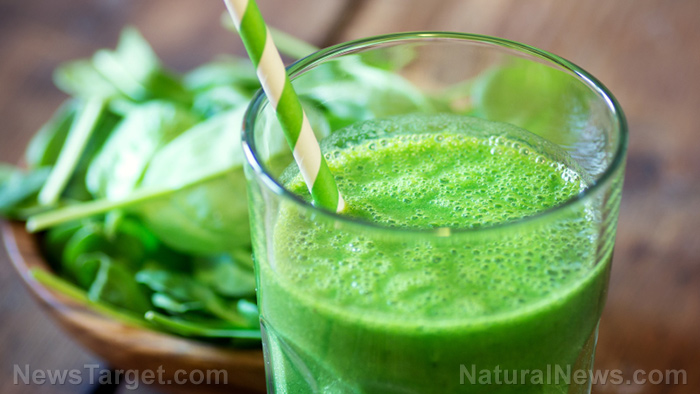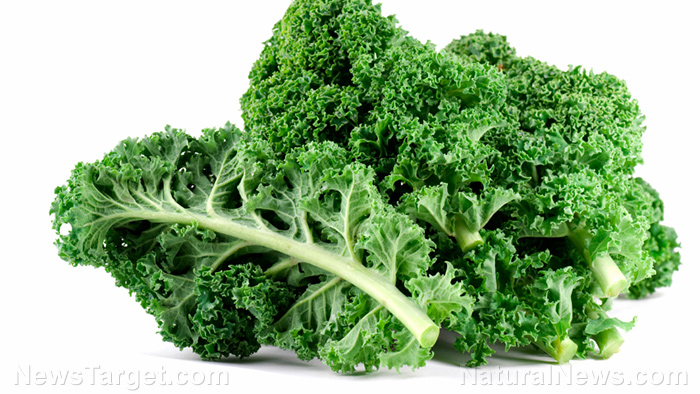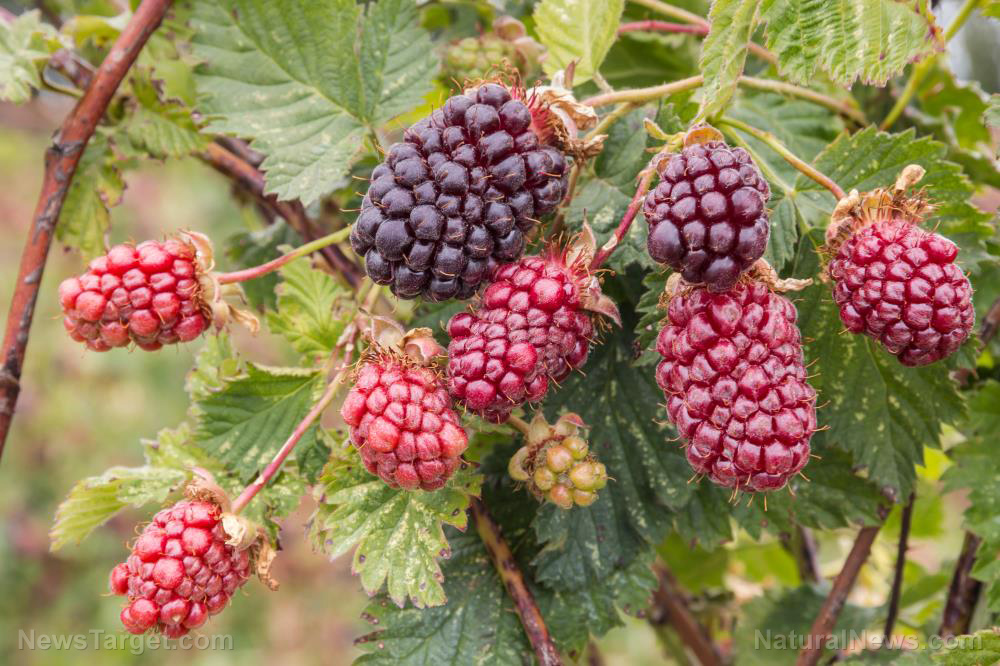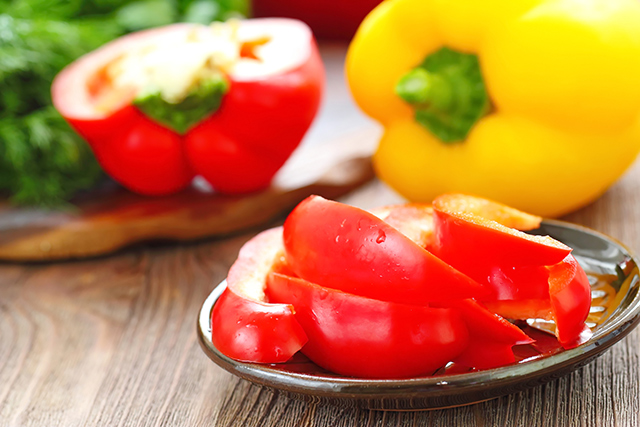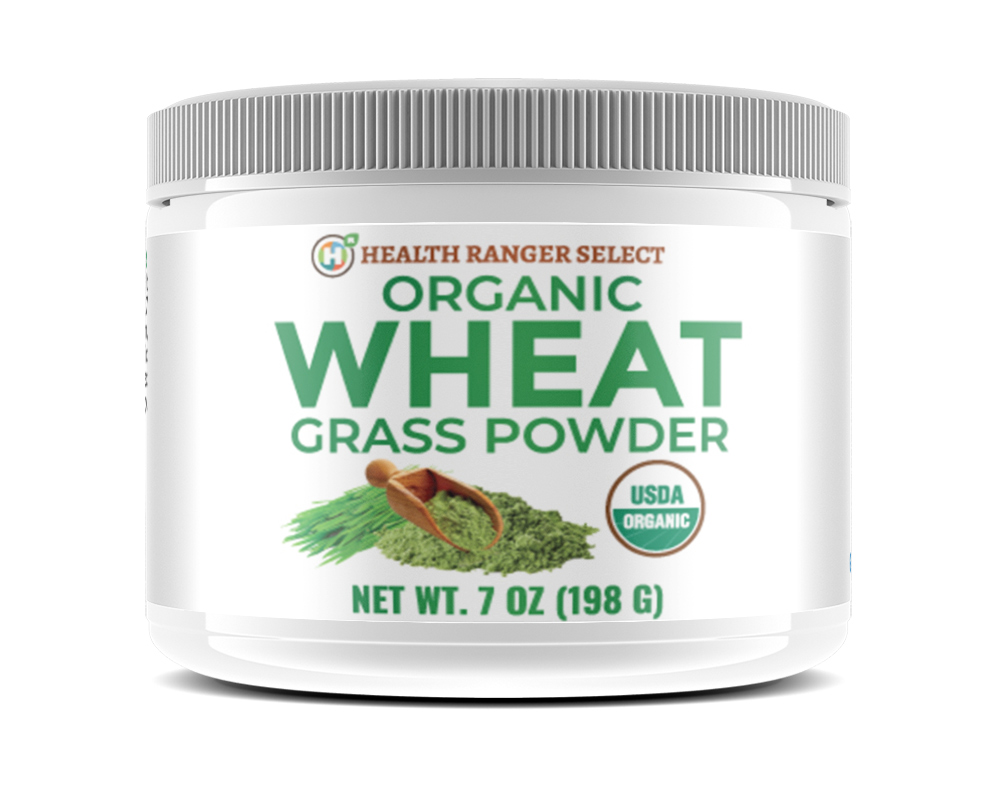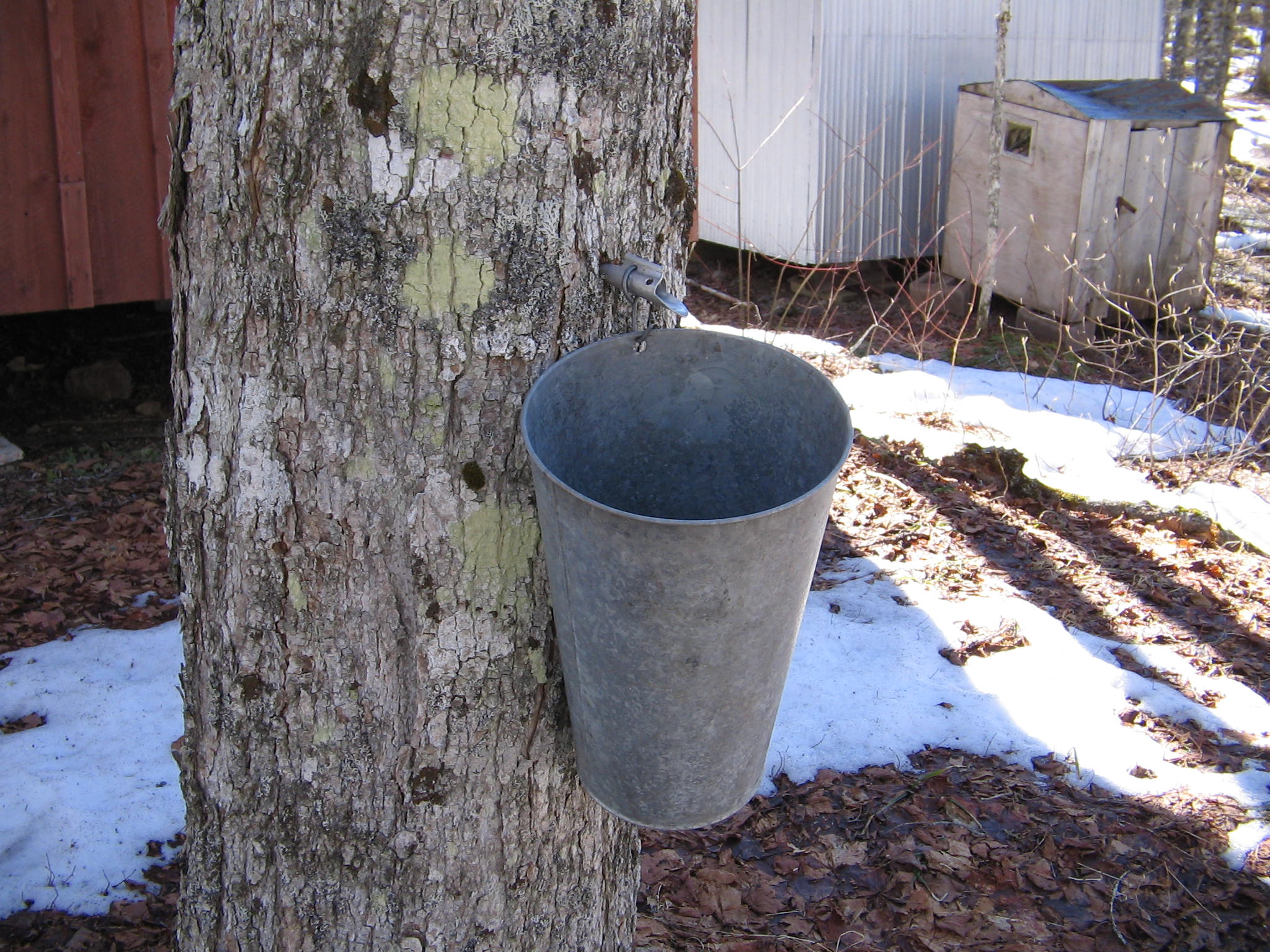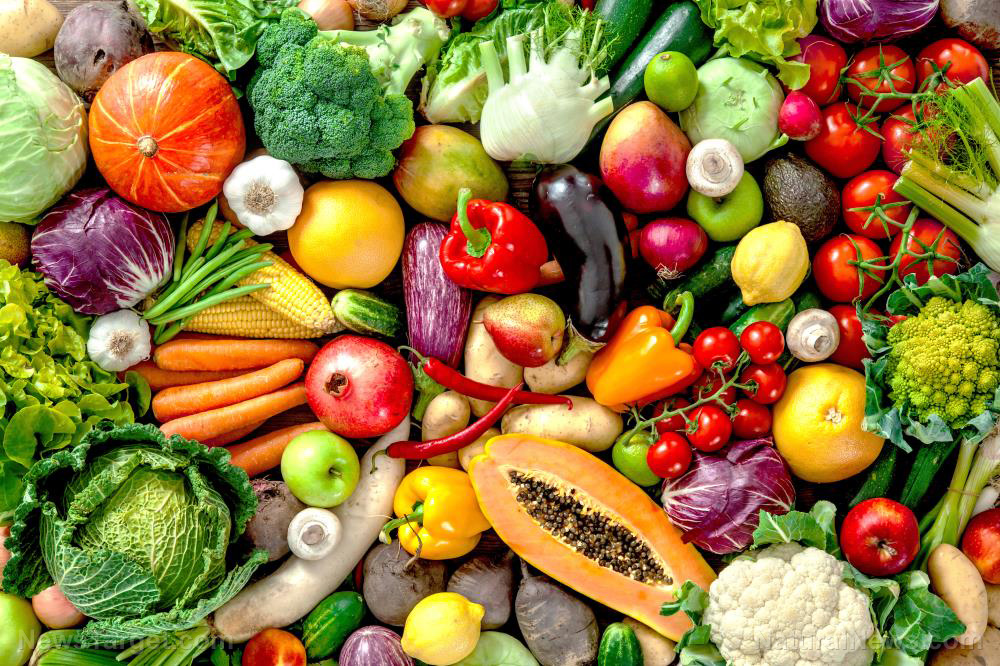Don’t judge a berry by the color of its skin: Conventional production methods may result in firmer, bluer berries but organic methods retain the most nutrients
02/25/2019 / By Jhoanna Robinson
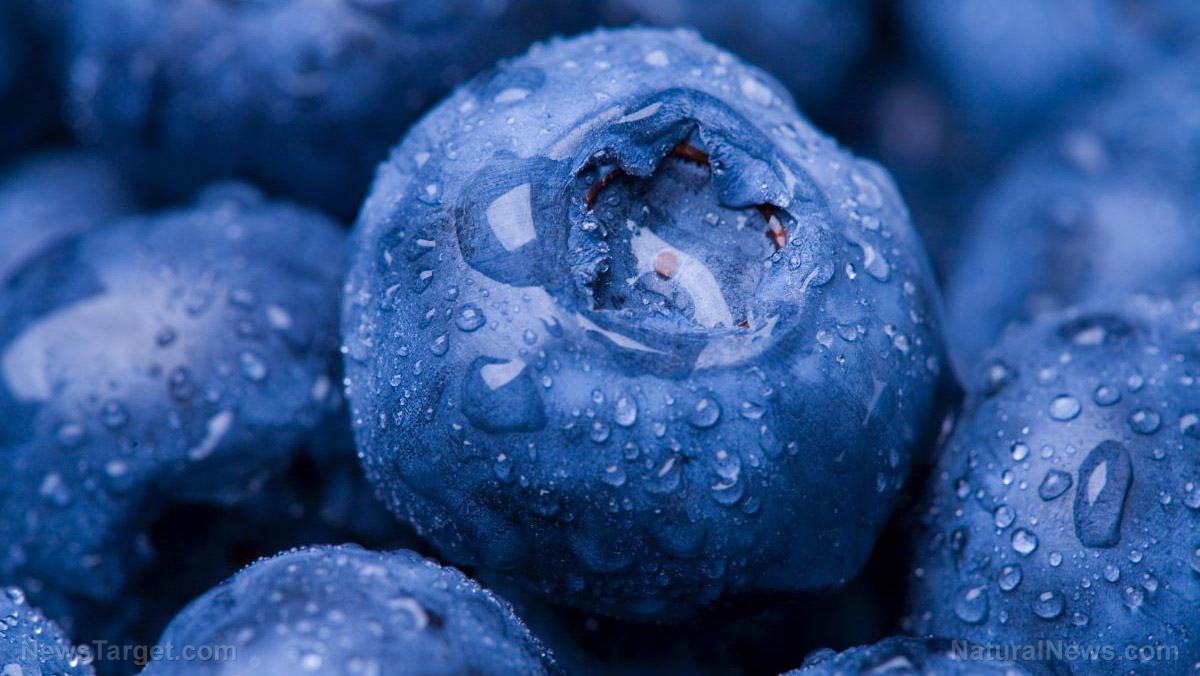
A study was recently conducted to find out the effect of different production and conservation factors on some properties of blueberries. Among the production factors that were considered in the experiment were cultivar (or a plant variety that has been cultivated via selective breeding, such as duke, bluecrop, and ozark blue) and modes of production such as organic or conventional.
The long-term effects of organic farming include higher organic matter levels, increased soil biodiversity, and above-ground pest elimination.
The conservation factors were evaluated via temperature (ambient or refrigeration) and storage time (zero, seven, and 14 days). The properties that were studied belonged to three categories: physical properties (color and texture); chemical properties (moisture content, acidity, and sugars); and phenolic and antioxidant properties (anthocyanins, tannins, ABTS antioxidant activity, DPPH antioxidant activity, and total phenols).
During storage, a significant number of physical and chemical changes happened in agricultural products in general and blueberries in particular. These changes affected the quality of the berries, leading to senescence or deterioration and death.
Storage times were limited because of the tendency of blueberries to dehydrate. Oftentimes, blueberries were stored in freezers between two and four degrees Celsius and 85 to 95 percent relative humidity, for a period of up to 10 days, depending on the cultivar. It was found out that organic berries had higher acidity and lower sugar contents. (Related: Blueberries Lower High Cholesterol and Boost Cardiovascular Health.)
The study found that the antioxidant activity was not very different among cultivars, production methods, or conservation conditions. As for the phenolic compounds, tannins were higher in blueberries that were cultivated in organically. However, the most intensely blue blueberries were garnered from cultivar duke, produced in organic farming and stored under refrigeration.
Textural attributes, such as firmness, were affected by all factors at study: cultivar, production mode, and conservation. The berries from cultivar duke that were stored under refrigeration showed the highest firmness.
If you’re into healthy living, these are the berries for you
Berries are extremely good for your health. Here is a list of the berries, aside from blueberries, that you need to consume every day for a whole slew of health benefits.
- Goji berries – They are sometimes given the moniker Chinese wolfberry or Mede berry. They are associated with happiness, longevity, sexual vitality, and overall physical strength. Native to Tibet and Nepal, goji berries have been shown to protect the liver. They have 18 essential amino acids; thiamine or vitamin B1, riboflavin or vitamin B2, pyridoxine or vitamin B6, and E; linoleic acid; selenium; germanium; and more beta carotene than the common carrot.
- Acai berries – Like red wine, acai berries are chock full of anthocyanins, a compound linked to heart health and lowered levels of cholesterol. Having strong antioxidant contents, acai berries are touted to slow down the process of aging and protect the body against cellular oxidative damage.
- Strawberries – Strawberries are abundant in the antioxidant phytonutrients known as phenols, which promote overall good health and protect the body against diseases. They prevent macular degeneration and contain potassium, fiber, vitamin C, vitamin K, iodine, magnesium, many B vitamins, manganese, folate, omega-3 fatty acids, and folate.
For more updates on health-enhancing food items, visit Superfood.news.
Sources include:
Tagged Under: antioxidants, Blueberries, cardiovascular health, cholesterol, farming methods, food supply, fruits, green living, grocery, harvest, organic farming, organics



